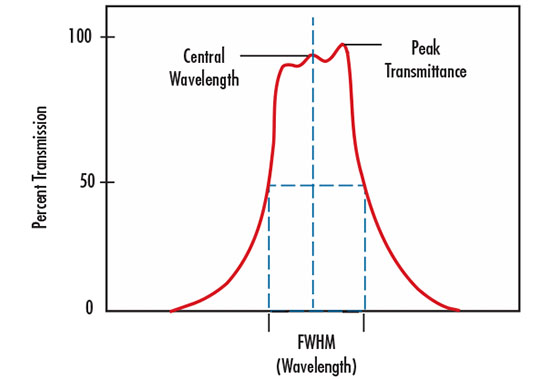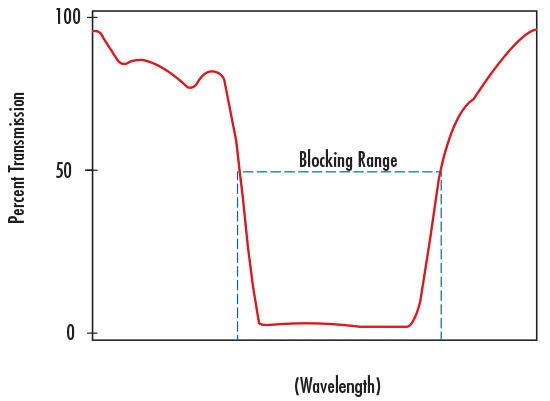In the world of surveillance cameras, the role of optical filters cannot be overstated. These tiny yet powerful components play a critical role in ensuring that the images captured are clear, accurate, and free from interference. Let’s break down the two primary functions of optical filters: filtering out infrared rays and trimming incoming light.
1. Filtering Out Infrared Rays
Color Charge-Coupled Devices (CCDs) are capable of sensing infrared rays, but this ability can be problematic. While it allows the CCD to capture more light, it also interferes with the camera’s ability to calculate true colors. To solve this, an optical filter film is added to separate the infrared portion of the light spectrum. This is why color CCDs require filters, while monochrome CCDs do not.
Coating Methods and Blue Glass
There are two primary methods for applying filters: coating and the use of blue glass.
Coating: This method is divided into vacuum coating and chemical coating. Vacuum coating involves evaporating materials in a vacuum environment, resulting in a uniform and durable coating. Chemical coating, on the other hand, involves electroplating quartz sheets in a solvent, which is less expensive but prone to uneven thickness and easy demould.
Blue Glass: This material absorbs infrared rays rather than reflecting them, making it an effective alternative to IR-Coating. However, unlike coatings, blue glass cannot trim light. To address this, a two-piece filter is often used, combining blue glass for infrared filtering and a quartz sheet for light trimming.

2. Trimming Incoming Light
CCDs are composed of photoreceptors (cells), which are highly sensitive to light. To ensure that the light hitting each cell is focused and does not interfere with adjacent cells, incoming light needs to be trimmed. This is where quartz sheets come into play.
Quartz Sheets and Polarization
Quartz sheets utilize their physical polarization characteristics to retain the direct part of the incoming light while reflecting the oblique part. This technique ensures that only the necessary light reaches each photoreceptor, enhancing image clarity and resolution.
Two-Piece and Three-Piece Filters
Two-Piece Filters: These consist of two quartz sheets, one for horizontal trimming and one for vertical trimming. One of the sheets is also coated with IR-Coating to filter out infrared rays.
Three-Piece Filters: For more advanced applications, a three-piece filter configuration is used, where two pieces of quartz glass are sandwiched between two pieces of blue glass. This setup offers multiple benefits, including enhanced light transmittance and superior infrared filtering.

While two-piece filters are effective for most applications, they may struggle with patterns like 45° twill ties. In such cases, additional filters are needed to trim light at 45° angles, resulting in a more complex and layered filter setup.
Bena Optics is a trusted leader in optical solutions, offering high-quality filters designed to meet the exacting demands of surveillance systems. Whether you need basic two-piece filters or advanced three-piece configurations, Bena Optics provides the tools you need to ensure clear, accurate, and interference-free images.
Explore Our Range of Optical Filters
From vacuum-coated filters to advanced three-piece configurations, Bena Optics offers a comprehensive range of optical filters to suit every need. Visit our website to learn more about our products and how they can enhance your surveillance system.